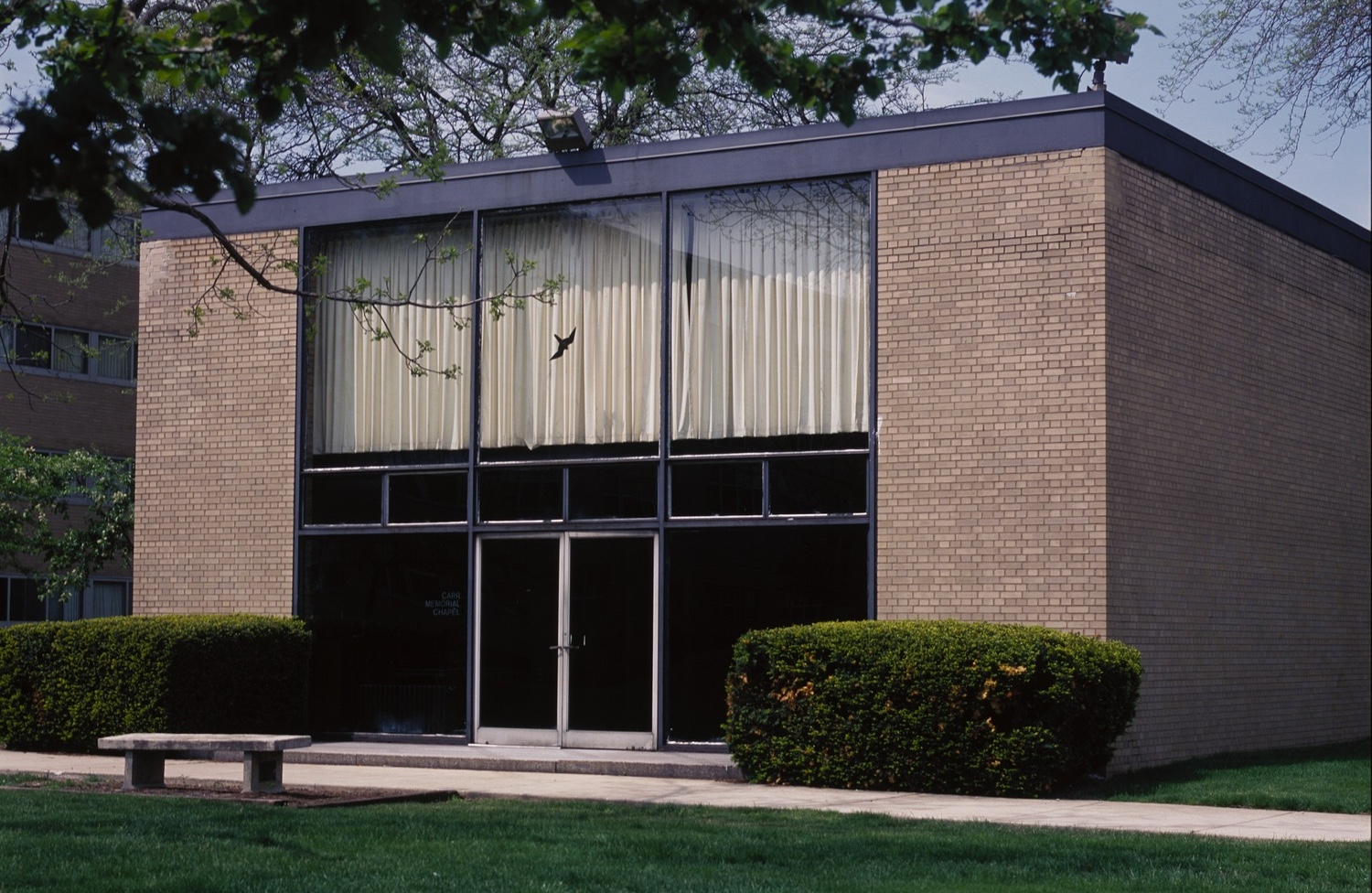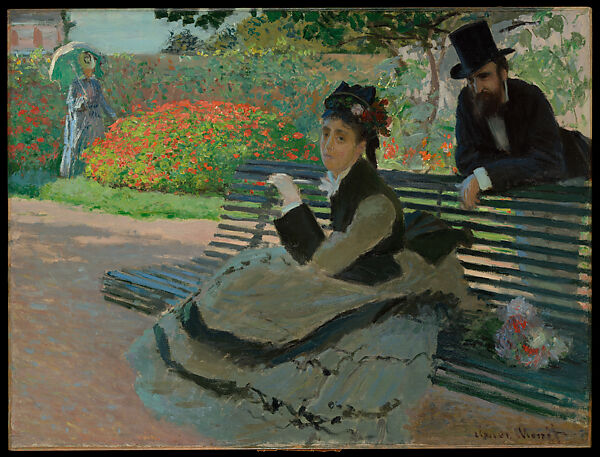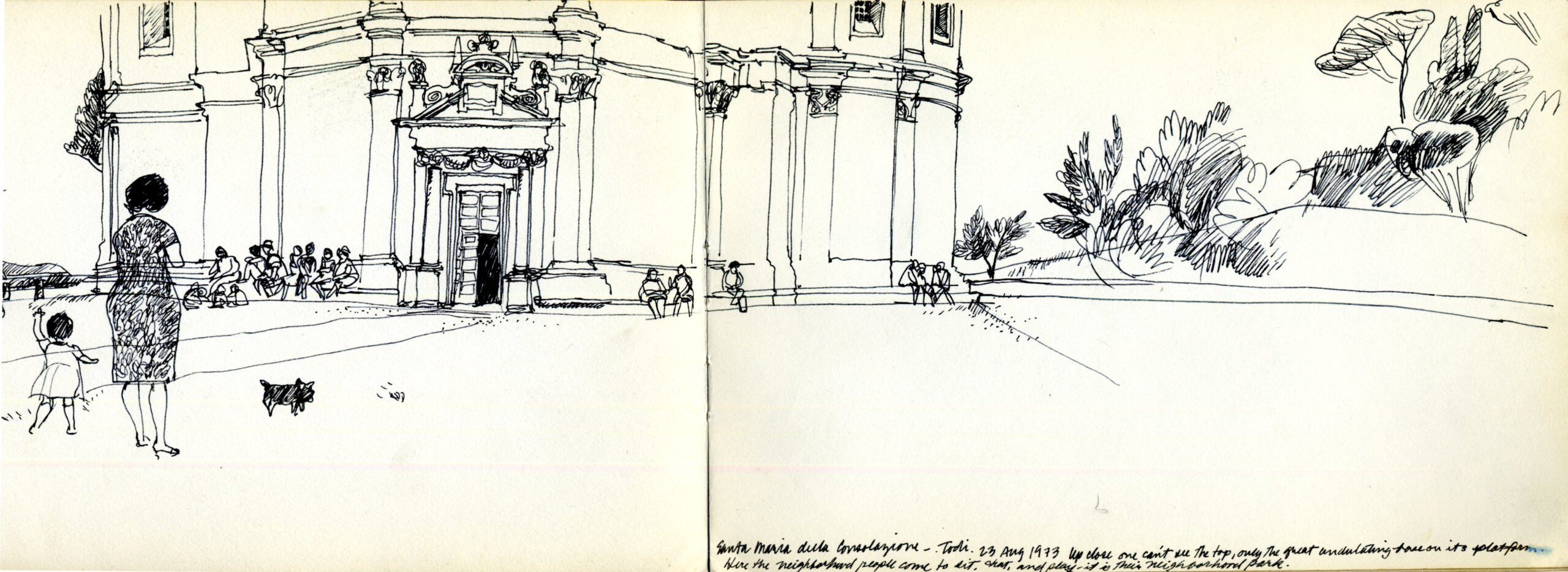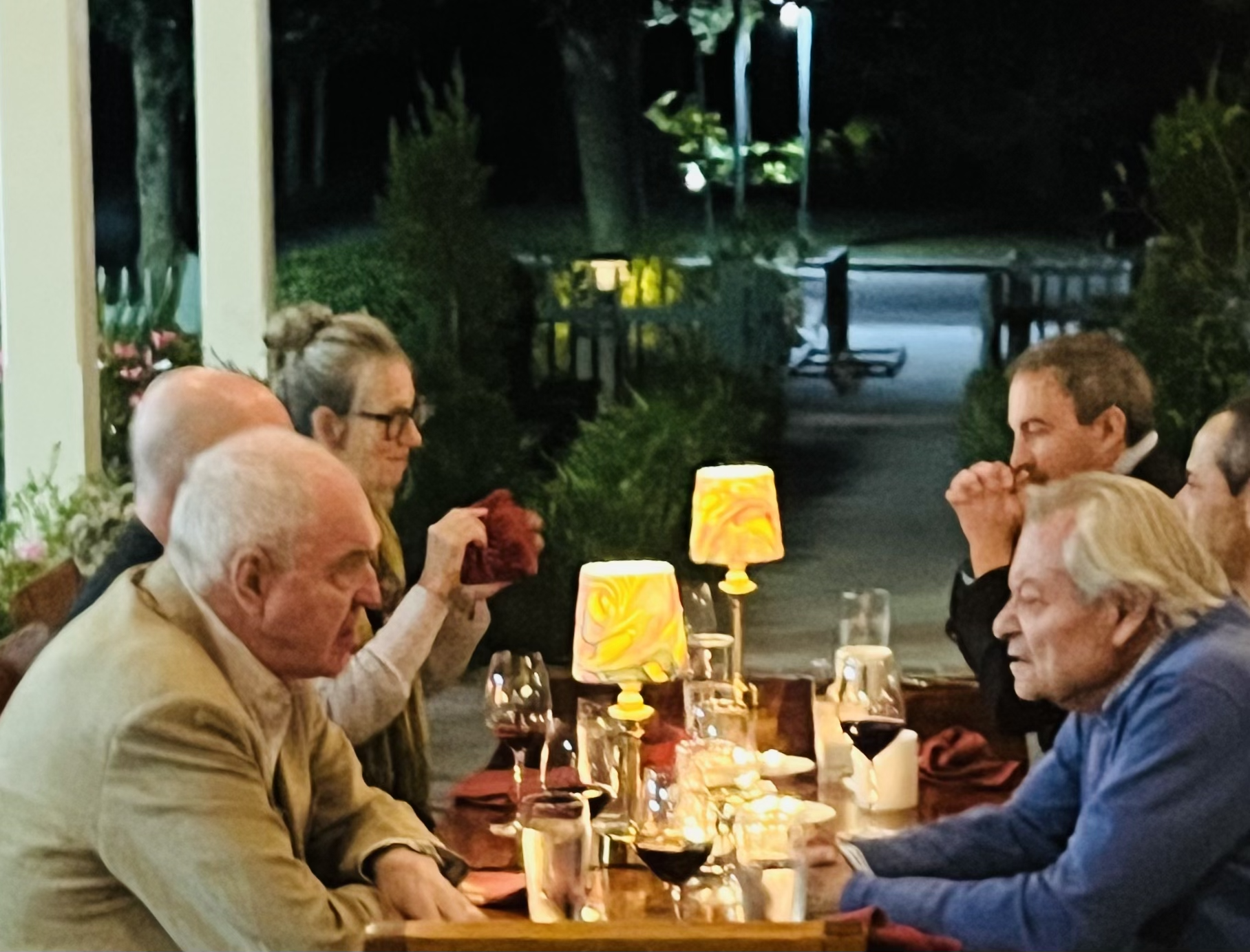WRITING
In a spirited talk at Purdue University, the noted biographer Stacy Schiff was asked what advice she might give to aspiring writers. “Your only job is to make the reader turn the page,” was one of her answers. Pithy, and true. Years and years ago, before she became a famous biographer, Stacy was an assistant editor at Viking, my editor when I was writing Home. Later, when I was setting out to write a biography of Frederick Law Olmsted I too asked her for advice. “You need to learn everything about your subject,” she counseled,







